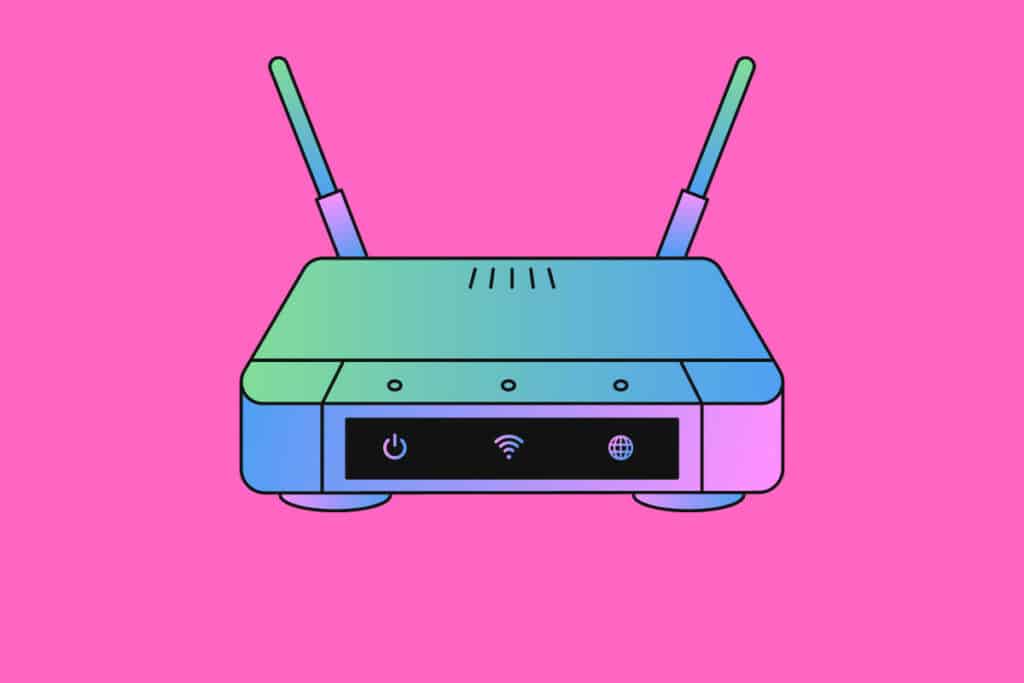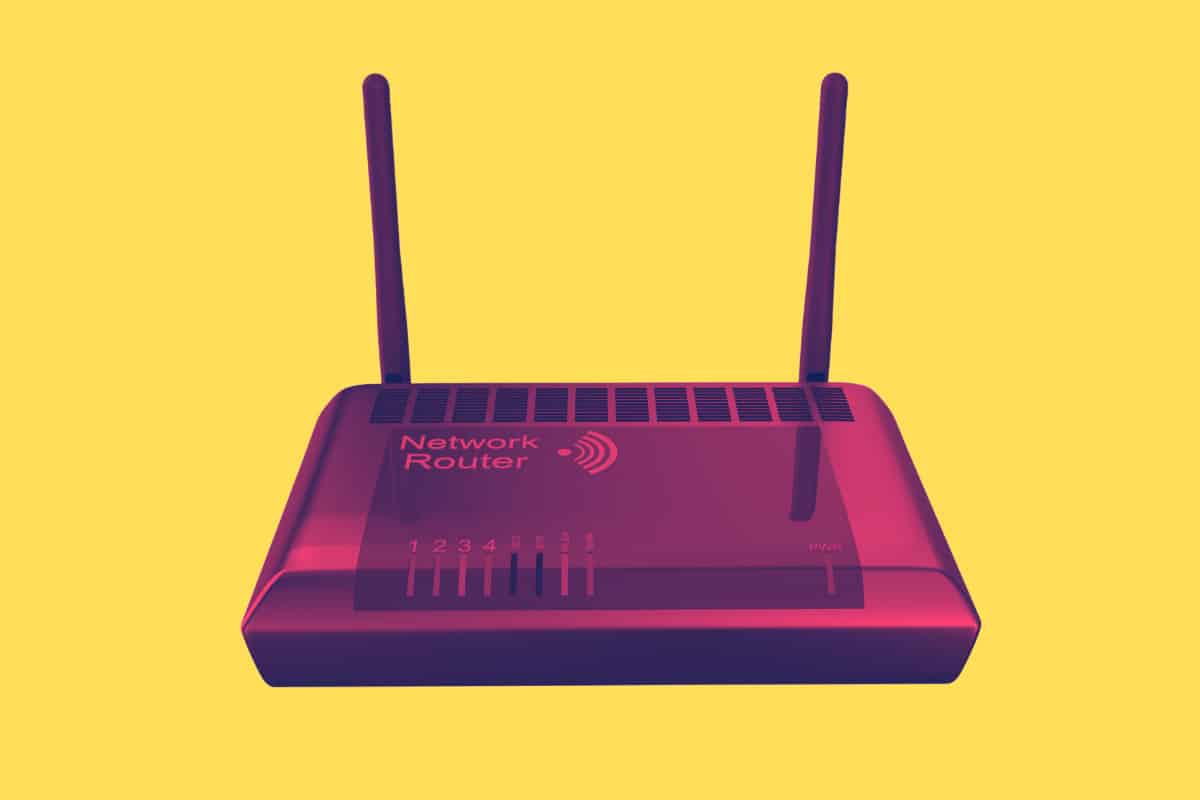You can speed up your home’s WiFi speeds significantly by switching WiFi channels. Here’s a quick and simple guide on how to do it…
In the digital era where WiFi signals are omnipresent, from coffee shops to pubs and even phone booths, network overlap and interference are common issues. This problem is exacerbated when multiple networks operate on the same channels.
WiFi routers, when initially set up, select a channel for the frequency they operate on (802.11n on 2.4GHz, or 802.11ac and 802.11n for 5GHz). Each frequency has its own set of channels.
At times, the router may choose a channel that is relatively “quiet” during setup, meaning fewer neighboring networks are competing for bandwidth on that channel. As more networks emerge around you over time, your chosen channel can become congested, leading to a drop in connection speeds.
Fortunately, you can manually switch to a less crowded channel, potentially enhancing your WiFi speeds. Here’s a step-by-step guide on how to do it:
How To Change WiFi Channel
- Identify Less Crowded Channels: Instead of randomly hopping from one channel to another, use an app to identify less crowded channels. WiFiMan is a reliable and free option. Install the app on your smartphone or tablet, connect the device to your WiFi network, and launch the app. If you have both 2.4GHz and 5GHz networks, connect to each one separately to analyze them. The app will display a table of nearby networks, their channels, and signal strengths, including yours. This visual representation will help you identify a less crowded channel.
- Change WiFi Channel: Once you’ve identified a suitable channel, the process of changing to it is straightforward.
- You’ll need a device connected to your network. Here’s how:
- Open your web browser on the connected device.
- Type your router’s IP Address into the address bar. This is usually found on a sticker on the router or in the documentation that came with it. The default address is often 192.168.0.1.
- If you can’t find the IP Address, connect to the network on a Windows PC. Open Command Prompt (type “cmd.exe” into the Windows search bar in the Start menu) and type “ipconfig”. Look for “Default Gateway” in the results – this is the router IP address you need.
- Enter the IP Address into your browser to access the router interface. You’ll be prompted for a username and password, which should be in the router documentation or known by the person who set up your network.
- Navigate to the Wi-Fi Settings on your router. The interface varies between router brands, but generally, there will be a Wi-Fi Settings section (possibly within an “Advanced Settings” and/or “Manual Config/Manual Setup” sub-category).
- Look for a section labeled “Channel” with a drop-down menu. Select your chosen channel from this menu. If your router supports both 2.4GHz and 5GHz networks, repeat this process for each.
- Save and/or apply the changes. This may restart the router, and you may be prompted to confirm the process.
By following these steps, you can optimize your WiFi channels and potentially boost your home’s WiFi speeds.
2GHz vs 5GHz WiFi Networks: What’s The Difference?

2.4GHz and 5GHz are two different frequencies that WiFi networks can use. They are like two different highways for your data to travel on.
2.4GHz is like a road with more lanes but a lower speed limit. It’s great for long distances and through walls, but it’s slower and can get congested because many devices (like microwaves and cordless phones) use this frequency.
5GHz, on the other hand, is like a road with fewer lanes but a higher speed limit. It’s faster and less congested, but it doesn’t travel as far and can struggle with walls and other obstacles.
Now, why is 5GHz often considered better?
- Speed: 5GHz offers significantly higher data rates. It’s like having a faster speed limit on a highway. This means your online activities, especially those that require high data rates like streaming movies, will be smoother and faster.
- Less Interference: Many household devices such as microwaves, baby monitors, and cordless phones operate on the 2.4GHz frequency, which can cause interference. On the other hand, fewer devices operate on the 5GHz frequency, reducing the chance of interference and improving your WiFi performance.
- Less Congestion: 5GHz WiFi has more available channels and can handle more devices at once. This is like having more lanes on a highway, which reduces traffic congestion and improves your internet speed.
However, it’s important to note that while 5GHz can provide a faster and more reliable connection, it has a shorter range than 2.4GHz. This means that if you’re far away from your router, or if there are many walls or other obstacles between your device and the router, a 2.4GHz network might provide a stronger signal.
In summary, if you’re close to your router and want the fastest speed with the least interference, 5GHz is typically the better choice. But if you’re farther away, or have many obstacles between your device and the router, 2.4GHz may provide a more reliable connection.


